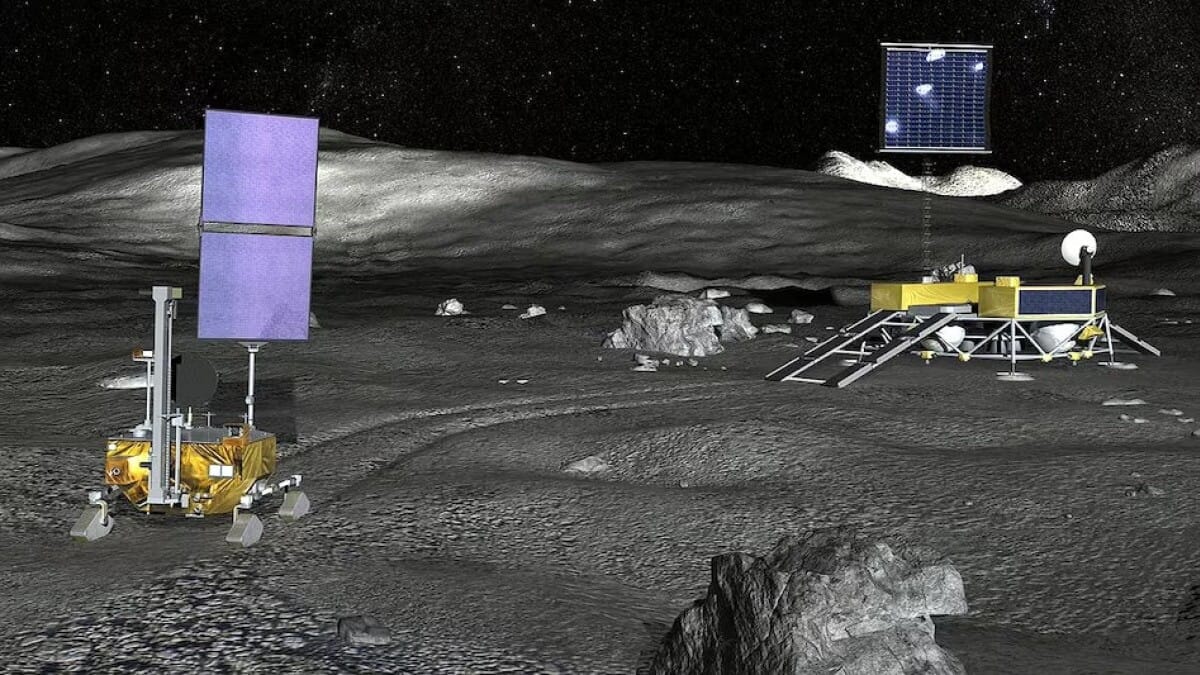
Chandrayaan-4 mission to be launched in 2027: Jitendra Singh
What's the story
India will launch its fourth lunar exploration mission Chandrayaan-4 in 2027, Science and Technology Minister Jitendra Singh announced today.
The ambitious project will involve retrieving samples of Moon rocks and bringing them back to Earth.
The mission will be carried out using the LVM-3 rocket and will require at least two separate launches.
Future plans
Gaganyaan and Samudrayaan missions
The Chandrayaan-4 will use five different components, which will be assembled in orbit. These will be ferried by LVM-3, a heavy-lift launch vehicle.
India is also gearing up for the Gaganyaan mission next year. The project aims to send Indian astronauts to low-earth orbit in a specially-designed spacecraft and bring them back safely.
The Samudrayaan mission is also scheduled for 2026 and will send three scientists in a submersible up to 6,000 meters deep into the ocean to study seabed.
Mission significance
Significance of Samudrayaan mission
Prime Minister Narendra Modi had stressed the significance of the Samudrayaan mission in his Independence Day speech.
Singh noted that it could reveal enormous resources like critical minerals, rare metals, and undiscovered marine biodiversity.
All of these are crucial for India's economic growth and environmental sustainability.
Notably, the first uncrewed mission of the Gaganyaan project carrying a robot, 'Vyommitra,' will be launched this year.
Infrastructure growth
ISRO's expansion over the years
Singh spoke about the growth of the Indian Space Research Organisation (ISRO) since its establishment in 1969.
He said that it took over two decades to establish the first launch pad in 1993, and another decade for the second one in 2004.
However, India's space sector has witnessed tremendous growth in terms of infrastructure and investment in the last decade.
Economic projection
New launch sites and India's space economy
Currently, a third launch pad is under construction for heavier rockets. Plans are also afoot to expand beyond Sriharikota with a new launch site in Tamil Nadu's Tuticorin district for small satellites.
Singh projected India's space economy, currently worth $8 billion, could touch $44 billion in the next decade. This growth is expected to cement India's position as a global space powerhouse.